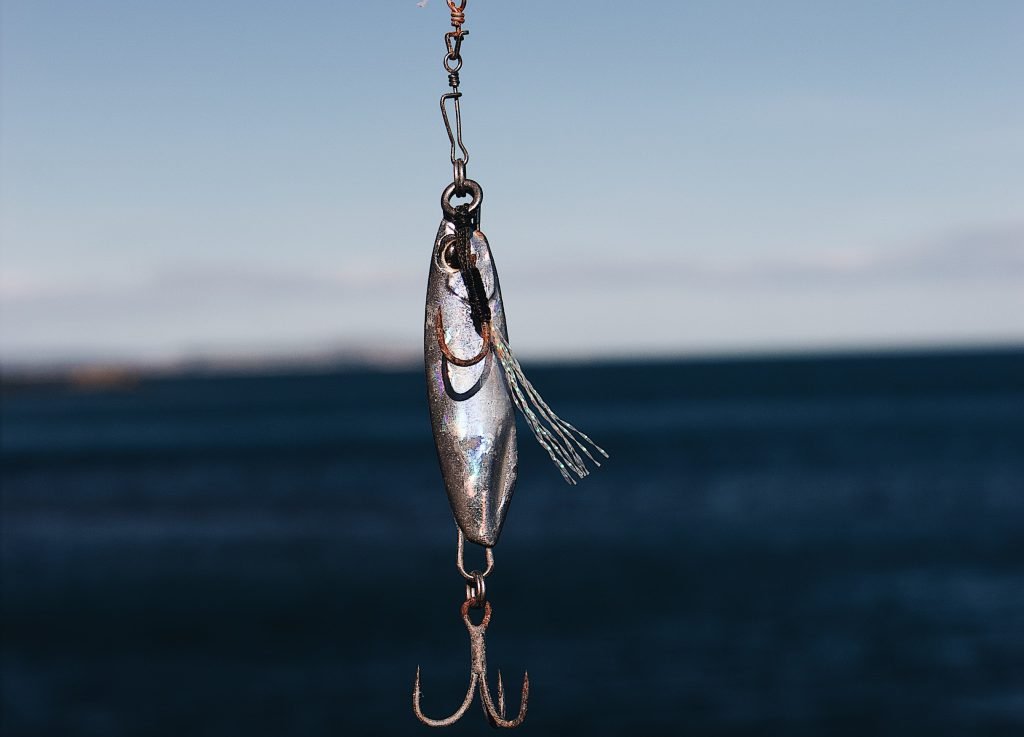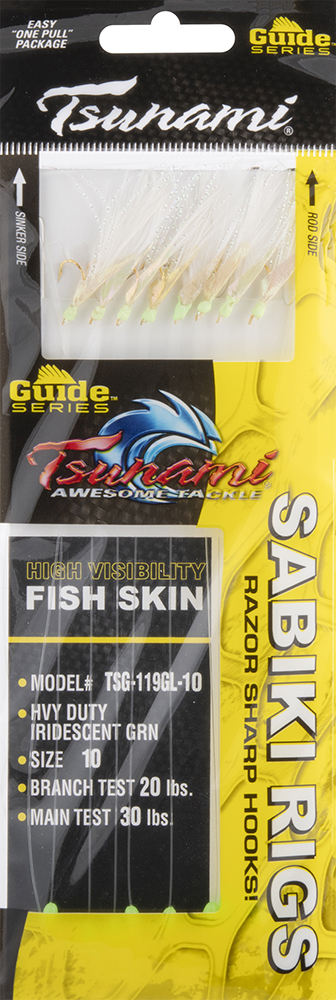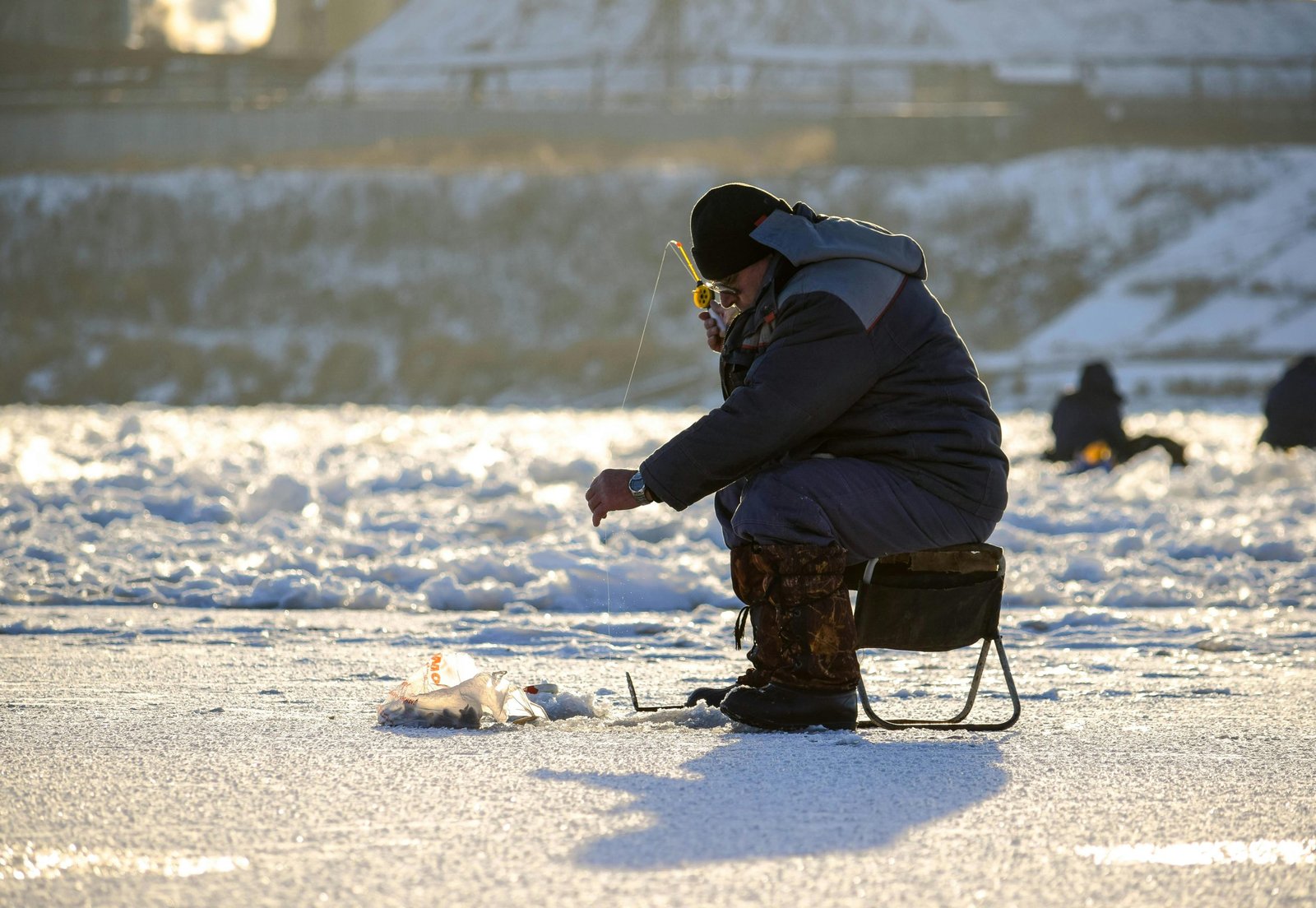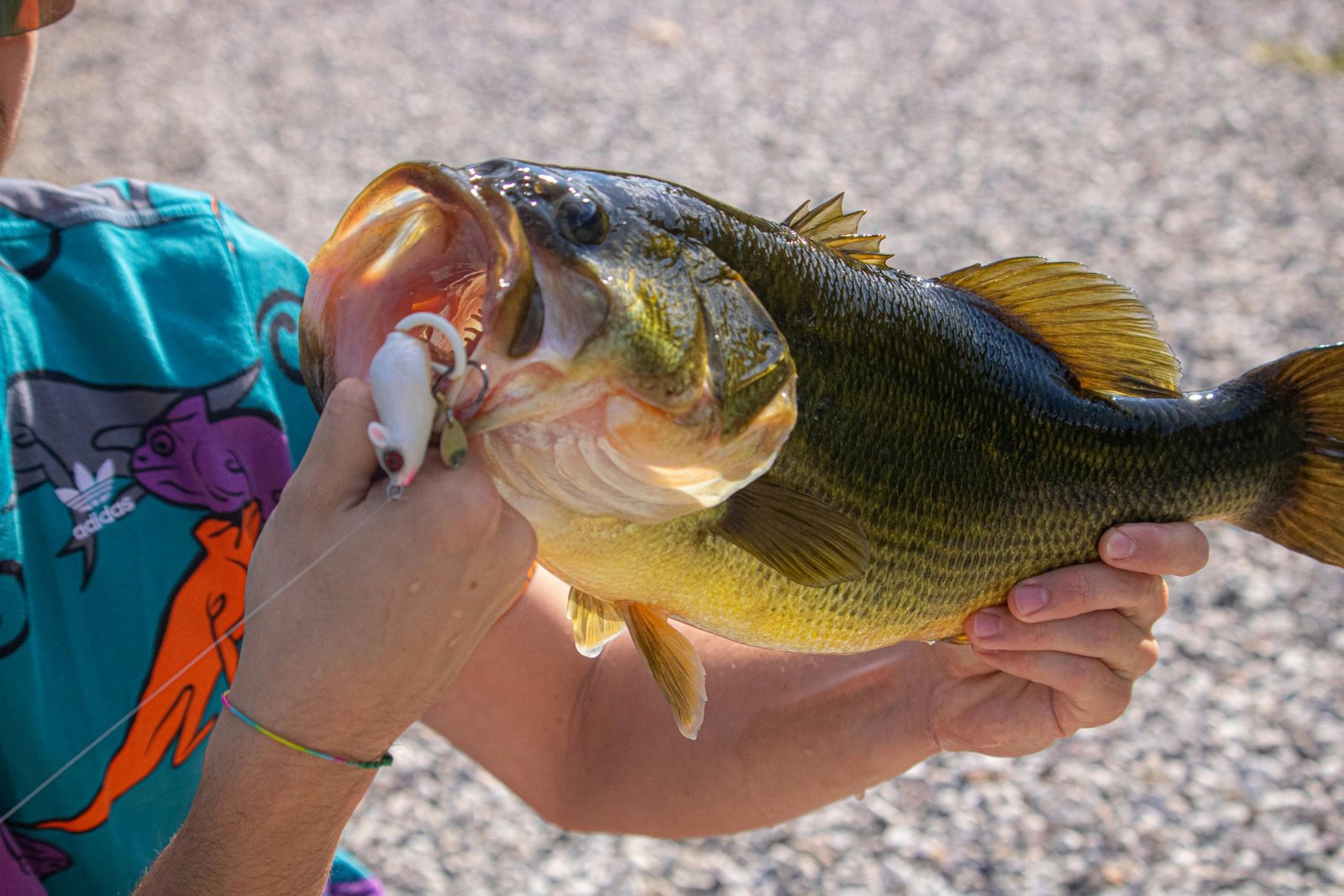
So the season is coming and you’re planning to catch more mackerel than ever. Well, for that you need to have the right lures and rigs ready for action.
Mackerel are attracted to shiny lures such as spoons and spinners. But there are rigs that allow you catch more mackerel in one cast, such as a feathering rig, or the more specialised sabiki rig. Keep in mind that you need a durable lure to resist mackerels sharp tooth.
Keep reading to discover what lures work best for mackerel and how to use them properly.
1. Spinners
))/271076.json)
Spinners are a great way to cover more water than with other types of lures. They create more vibration and are better for preventing snags (like single lures in general). They might hurt your casting distance, so consider what you want more: casting distance or covering more water.
Some great options are the classic Mepps Aglias and also the Blue Fox Vibrax Spinner, for its combination of flash and vibrations.
As much as we like to use them, they’re on par with spoons: all-around good, but outclassed by modern lures.
2. Spoons

Although they’re not as effective as other lures on this list, they still remain a favorite in some anglers hearts.
They are an affordable option for those who want to catch mackerel along other fish species. You can cast them far with ease and create a nice action that will get mackerel to bite when they see it.
Any spoon that shines in the water works.
3. Feathers
For mackerel, you can’t go wrong with feathers. These fish usually feed on small groups of baitfish, which is exactly what feathers mimic. Get a few feathers and tie them to your mainline. To be able to cast them, you also need a lead weight. To know which weight to use, look for you rods casting weight so you don’t go too heavy or too light.
You might want to consider sabiki feathers. These are lighter and usually come with smaller hooks, so smaller mackerel are more prone to biting these (doesn’t mean that the big ones will stop biting).

Hokkai feathers are also a good option. They provide a more realistic design that is closer to a school of small baitfish, with painted eyes and some eye-catching colors. They’re not required for mackerel, as these fish don’t think too much before biting anything that shines nicely. They’re suitable for catching bait.
Sabiki rigs have been used first in Asia, as their name might suggest. Tie around 6 sabiki feathers to your mainline and a sinker weight at the end of the line. As mentioned above, the lead weight depends on your rods casting weight, usually written on the side of the rod.
If you don’t have time for making your own sabiki rigs, buy a pre-made one such as the Hayabusa S E Mix Flash or Mustad Fish Skin Sabiki. These are both high-quality options that are sure to catch mackerel, but the market is flooded with different options, quality wise.
4. Casting Jigs

Casting jigs will provide with a good casting distance and sink fast in the water.
You don’t need something too expensive or realistic-looking.
As I said before, mackerel strike fast and don’t pay attention to details, it’s just the flash that gets them to bite. More pricy jigs will sink nicer in the water, but their nice finishes look better to us, anglers, not mackerel.

One good option is the Savage Gear Glass Minnow, a well respected high-end jig.
Hope this guide gave you an insight of what lures you should choose for mackerel fishing. Remember that mackerel are not picky at all and you can choose from a wide variety of shiny lures, but with these you will maximize the potential of catching mackerel. Until the next one, tight lines!




